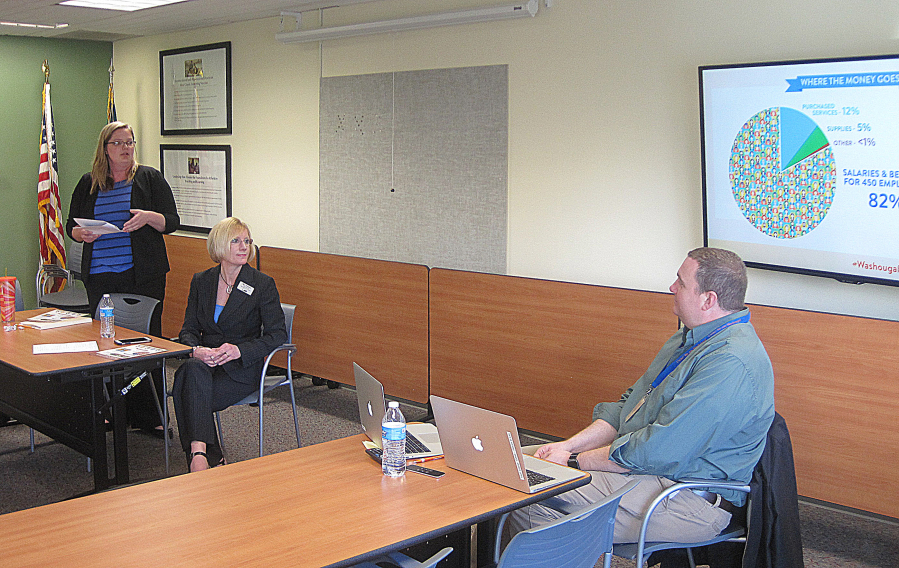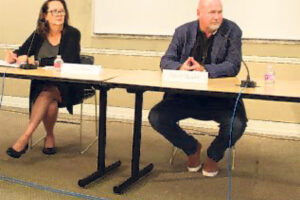Washougal School District superintendent Mary Templeton doesn’t mince words when talking about Washington’s new funding model for education.
“McCleary is not adequate to fund our schools,” she said of the school-funding case known as “McCleary” that required the state legislature to adequately fund Washington’s public K-12 schools. “The decisions that were made, I don’t believe they were intentionally meant to be negative, but they’re not fully funding basic education. That’s the reality. We are not immune to that. So the question is, ‘What do we do about that?'”
Templeton and her staff are working to find the best answer to that question. Right now, their response involves a four-year plan that centers on using the school district’s reserve funds and what Templeton calls “belt tightening” to reduce the district’s budget deficit, projected to be $888,155 for the 2019-20 school year.
Last year the Washington Supreme Court accepted the state’s new school-funding plan, ending the McCleary case, a years-long court battle over how to fully fund schools in an equitable manner. The decision increased the state school levy to $2.74 per $1,000 in assessed property value while capping the levies local districts can collect at $1.50 per $1,000 in assessed value.
“Next year is our big challenge,” Templeton said. “(We want to) figure out what we need to do internally to start looking for efficiencies.”



